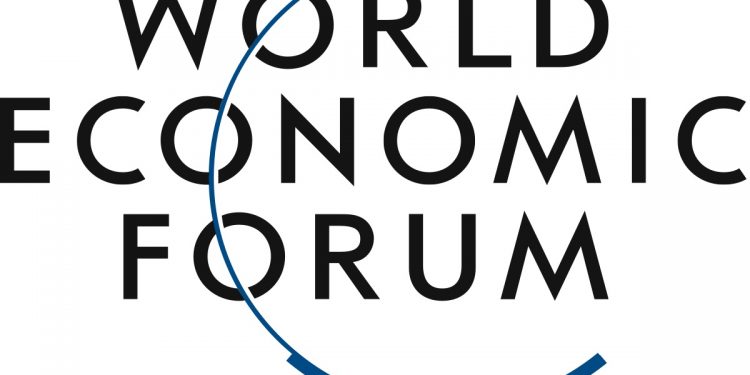Climate Risks as a Priority
The World Economic Forum (WEF) releases the 19th edition of its global risk report, ranking climate risk as the top risk that is most likely to trigger a major crisis on a global scale this year.
In the 18th edition of the Global Risks Report released last year, climate risks accounted for five positions among the top ten risk factors in the next two years and six positions among the top ten risk factors in the next decade. The potential impact of climate risks cannot be ignored.
Related Post: World Economic Forum Regards Climate Change as a Global Risk
Climate Risks in Global Risk List
This report is originated from the Global Risks Perception Survey, which collected the views of more than 1,500 experts. With global temperatures hitting record highs last year, two-thirds of respondents rank extreme weather as the biggest risk facing the world this year. The El Niño cycle, which will last until May, could cause temperatures to rise to new record levels and trigger natural disasters such as heat waves, droughts, and wildfires.
In the next two years, climate risks will occupy two positions among global risk list, namely:
- No. 2: Extreme Weather Events.
- No. 10: Pollution.
In the next ten years, climate risks will occupy five positions among global risk list, namely:
- No. 1: Extreme Weather Events.
- No. 2: Critical Change to Earth Systems.
- No. 3: Biodiversity Loss and Ecosystem Collapse.
- No. 4: Natural Resource Shortages.
- No. 10: Pollution.

Climate Risks and Climate Tipping Points
The current trajectory of global warming means that at least one climate tipping point will be exceeded in the next decade. These tipping points may lead to long-term, irreversible, and sustained changes in the earth system, such as sea level rise, permafrost melting, and ocean system damage. The United Nations Intergovernmental Panel on Climate Change (IPCC) believes that at least four tipping points may be exceeded when global warming reaches 1.5 degrees Celsius.
Fundamental changes near the tipping point could rewrite humanity’s understanding of climate risks, and current estimates of tipping points may be conservative because climate studies still fail to incorporate nonlinear effects. While some tipping points, such as the change from Amazon rainforest to grassland, may not be exceeded until 3 degrees Celsius of warming, the actual transition may come sooner. At the same time, not all tipping points will be observed, and these effects may develop gradually over a long period of time.
The World Economic Forum estimates that global investment in climate change adaptation should reach US$125 billion per year in the next decade and reach US$387 billion per year in 2030, while current investment is only US$21 billion per year. Financing gaps could lead to earlier climate tipping points and lead to earlier social and economic tipping points (such as land abandonment and reduced insurance coverage).
How to Deal with Climate Risks
The World Economic Forum believes that reducing climate risks is equivalent to providing public goods to the world. The non-excludability and non-rivalry of these public goods may lead to the free rider problem. Therefore, addressing climate risks requires all countries and stakeholders to work together and take the following measures:
- Localized Strategies: Countries need to reduce the lengthy process of global agreements and take climate actions at home, such as managing extreme weather events and designing emergency plans.
- Breakthrough Endeavors: Key technological breakthroughs are of great significance to solving environmental problems. For example, clean energy research can reduce pollution, and the application of carbon capture and carbon sequestration technology can reduce carbon emissions.
- Collective Actions: All stakeholders and the public need to act together to address the impacts of climate change and receive sustainability-related education.
- Cross-border Coordination: Countries need to participate in global climate change meetings, put forward practical and feasible climate propositions, and provide incentives for members.
Reference:


